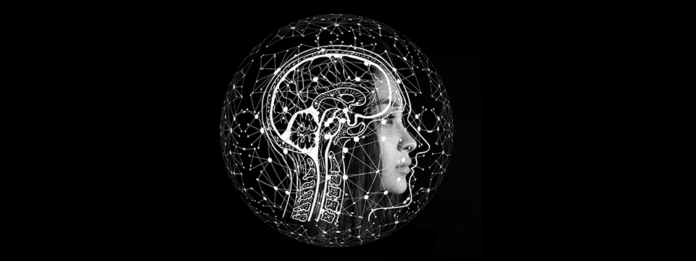A longstanding hypothesis is that difference between humans and chimpanzees might have been driven more by regulatory level adaptations than by protein sequence adaptations. This has mainly been suggested for regulatory transformations in the evolution of the human brain.
Understanding the biological features that make us human is part of a fascinating and intensely debated research line.
In a new study, scientists developed a new approach to detect adaptive human-specific changes in the way genes are regulated in the brain. The study, conducted by the SIB Swiss Institute of Bioinformatics and the University of Lausanne, could offer new views on human evolution, developmental biology, and neurosciences.
It’s been long known that genes’ regulation plays a vital role in setting humans apart from their ape relatives. However, precisely pinpointing the regulatory elements that go about as ‘gene dimmers’ and are positively chosen is a difficult task that has defeated scientists.
Marc Robinson-Rechavi, Group Leader at SIB and study co-author, says: “To be able to answer such tantalizing questions, one has to be able to identify the parts in the genome that have been under so-called ‘positive’ selection. The answer is of great interest in addressing evolutionary questions, but also, ultimately, could help biomedical research as it offers a mechanistic view of how genes function.”
Using a newly developed method, scientists were able to identify a large set of gene regulatory regions in the brain, selected throughout human evolution.
Jialin Liu, Postdoctoral researcher and lead author of the study, explains: “We show for the first time that the human brain has experienced a particularly high level of positive selection, as compared to the stomach or heart, for instance. This is exciting because we now have a way to identify genomic regions that might have contributed to the evolution of our cognitive abilities!”
Scientists combined machine learning models with experimental data on how strongly proteins involved in gene regulation bind to their regulatory sequences in different tissues. They then performed evolutionary comparisons between humans, chimpanzees, and gorillas.
Marc Robinson-Rechavi said, “We now know which are the positively selected regions controlling gene expression in the human brain. And the more we learn about the genes they are controlling, the more complete our understanding of cognition and evolution, and the more scope there will be to act on that understanding.”
Most random genetic mutations neither benefit nor harm an organism: they accumulate at a steady rate that reflects the amount of time that has passed since two living species had a common ancestor. In contrast, an acceleration in that rate in a particular part of the genome can reflect a positive selection for a mutation that helps an organism survive and reproduce, making the mutation more likely to be passed on to future generations.
Gene regulatory elements are often only a few nucleotides long, making estimating their acceleration rate particularly difficult from a statistical point of view.
Journal Reference:
- Jialin Liu, Marc Robinson-Rechavi. Robust inference of positive selection on regulatory sequences in the human brain. Science Advances, 2020; 6 (48): eabc9863 DOI: 10.1126/sciadv.abc9863
